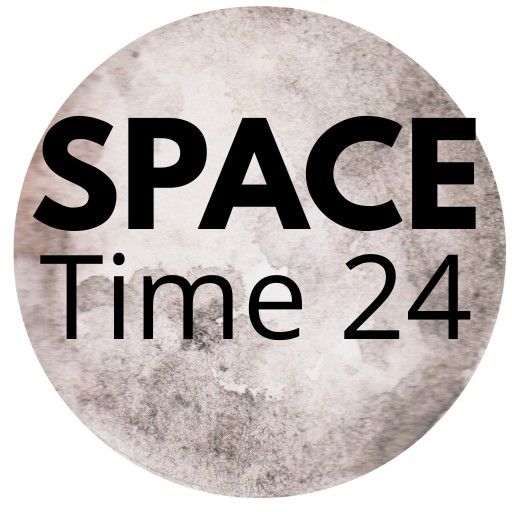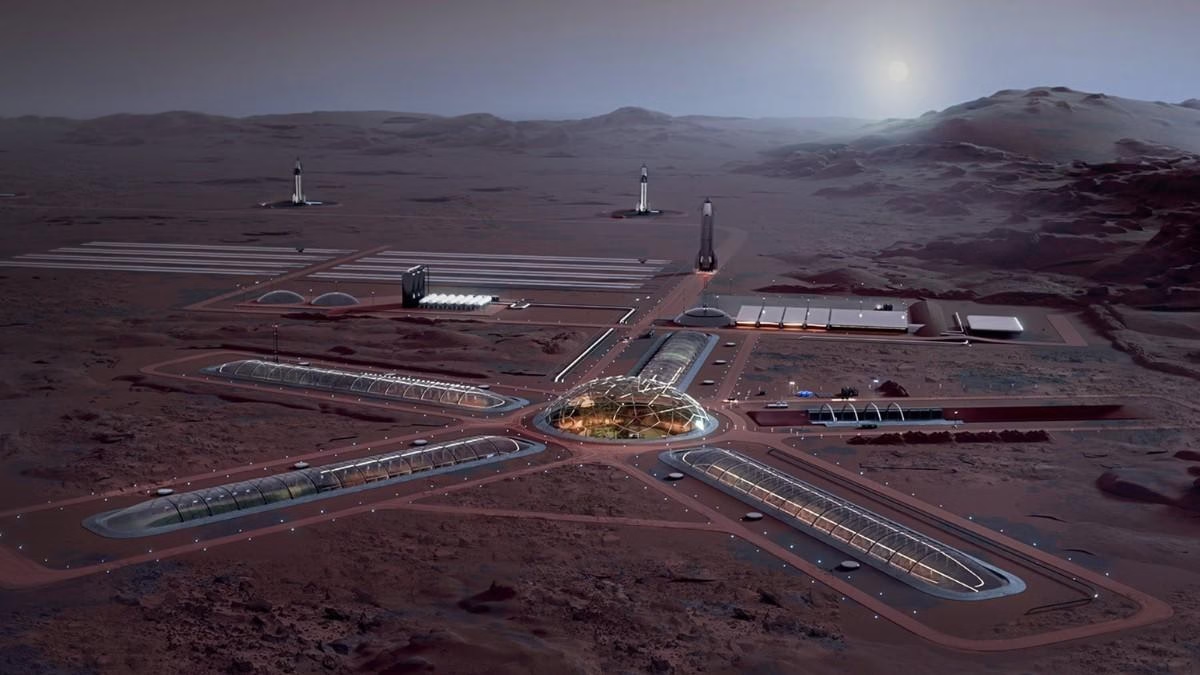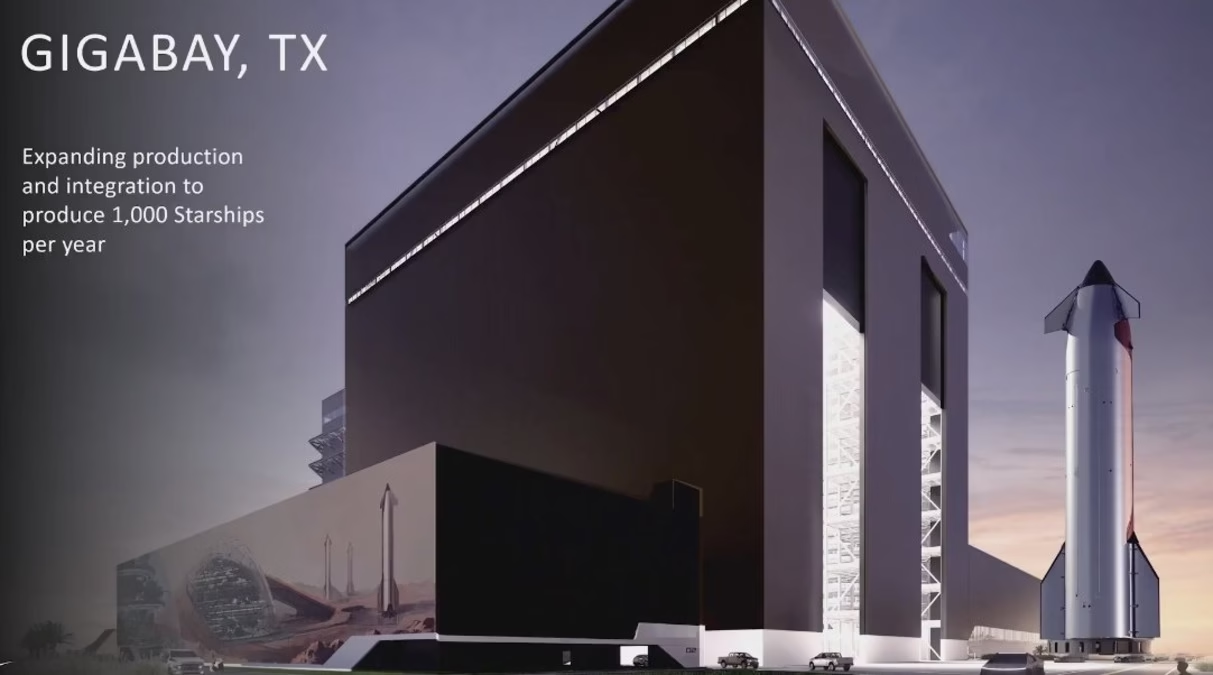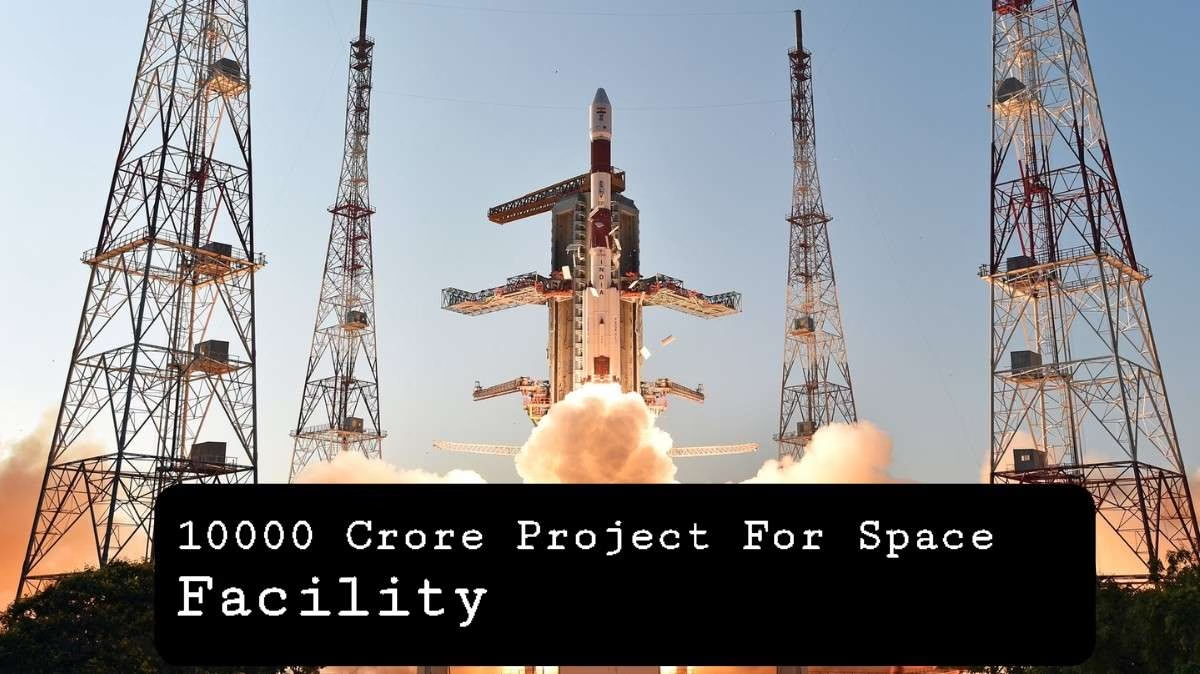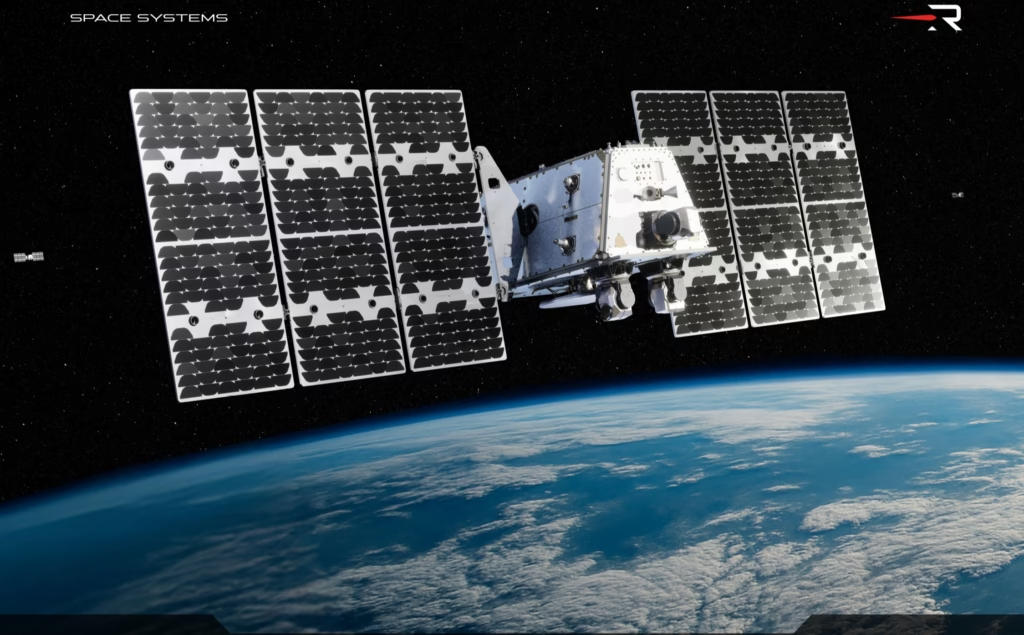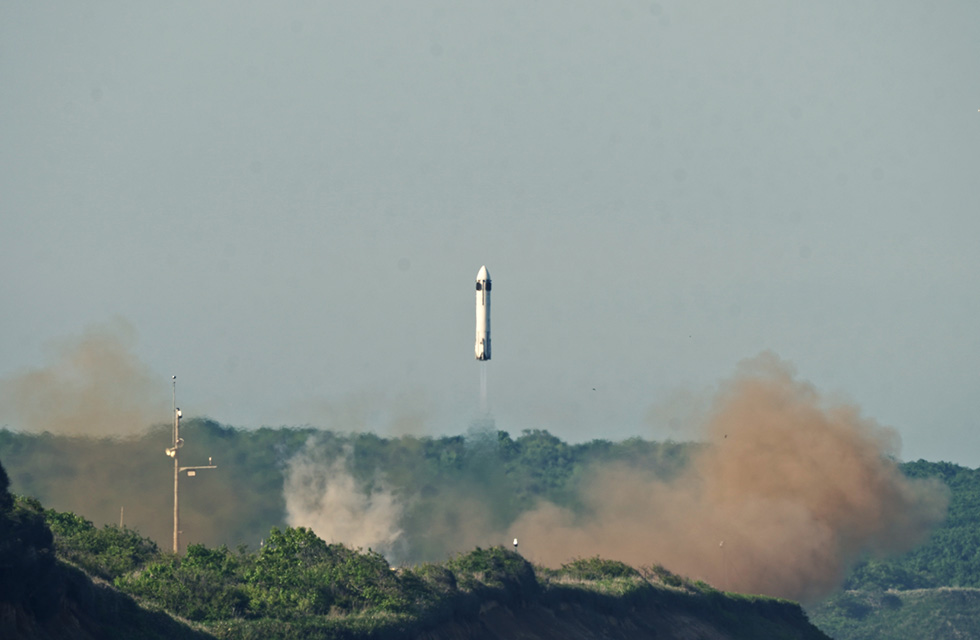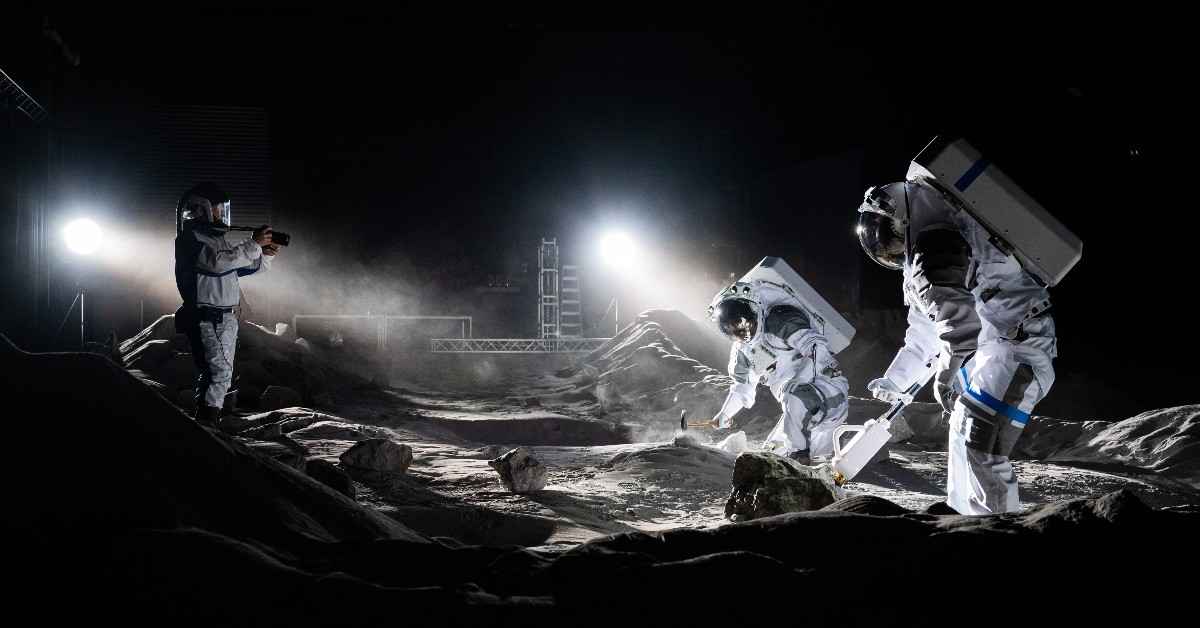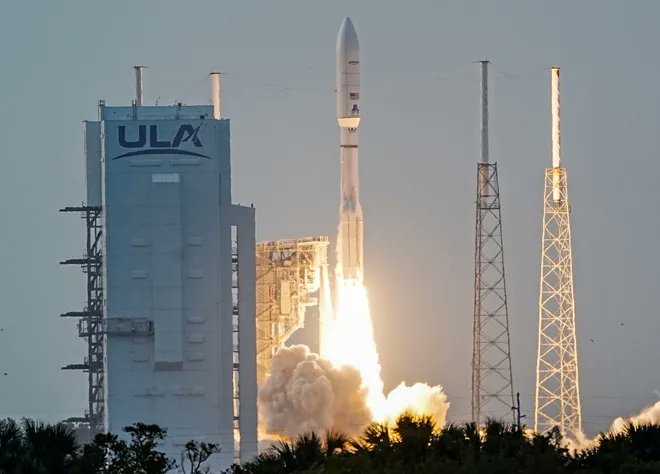The Kalam-1200 rocket stage has returned after a successful static fire test at Sriharikota. With detailed post-test analysis underway, ISRO’s Vikram-1 mission takes a major step closer to launch readiness and India’s next era of space exploration.
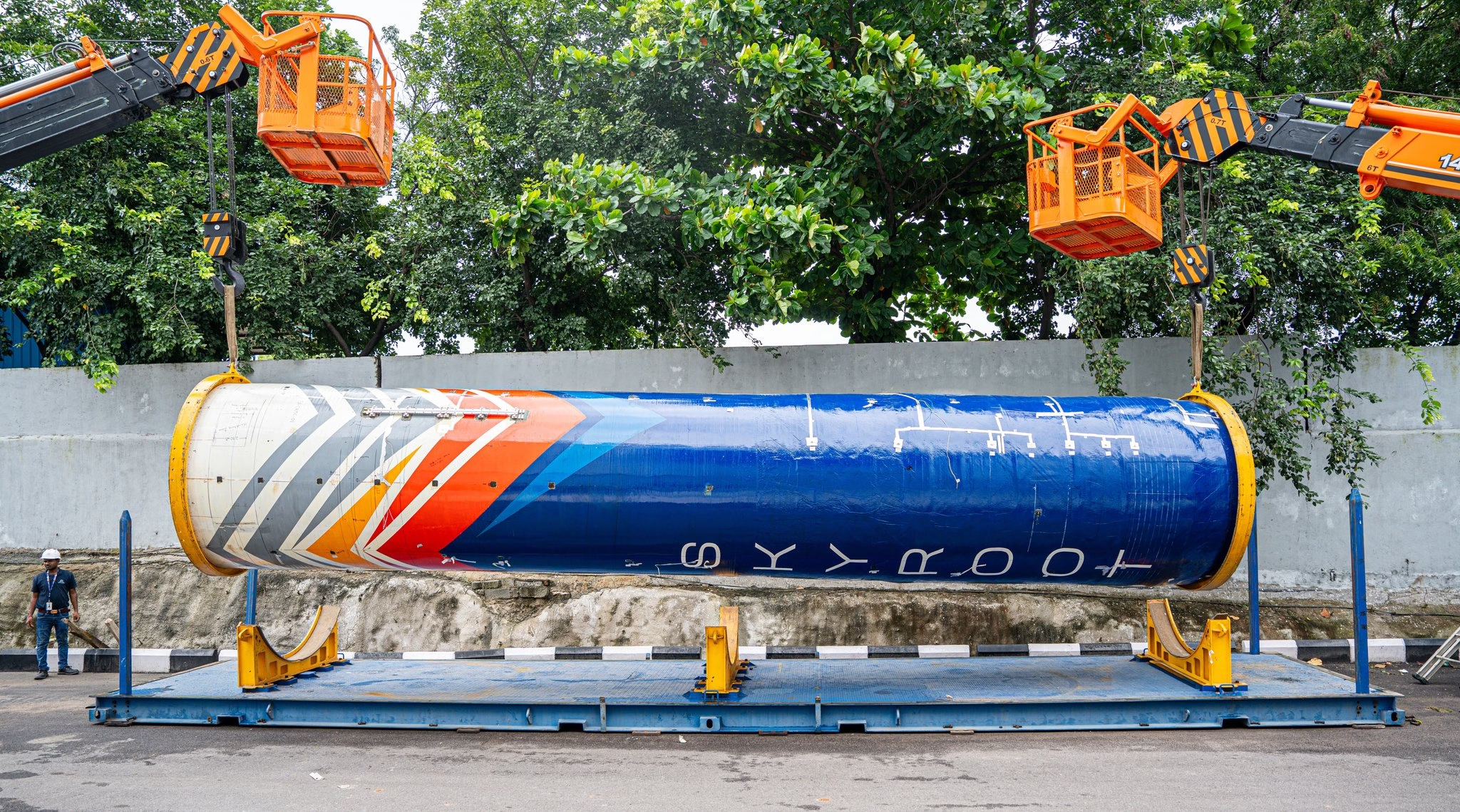
Kalam-1200 Rocket Stage Returns After Successful Static Fire Test at Sriharikota
India’s private space sector is stepping up its milestones yet again, as Skyroot Aerospace proudly announced the safe return of its Kalam-1200 rocket stage following a successful static fire test at Sriharikota. This achievement marks another crucial step in preparing for the upcoming Vikram-1 orbital mission, a launch vehicle designed to carry India’s growing ambitions in commercial and scientific space exploration.
The static fire test is one of the most critical phases in a rocket engine’s journey from design to launch. It validates performance, stability, and reliability under real-world conditions, ensuring that every subsystem functions as intended. With the Kalam-1200 stage proving its mettle, engineers and scientists are now immersed in post-test analysis, diving into data and performance metrics to fine-tune the next phase of development.
This test is not just a technical win for Skyroot Aerospace but a historic moment for India’s space startup ecosystem, demonstrating that private companies are now capable of producing and testing large rocket stages with the same rigor as national space agencies.
Understanding the Kalam-1200 Rocket Stage
The Kalam-1200 stage, named after Dr. A.P.J. Abdul Kalam, is a high-performance stage built with advanced materials, precision engineering, and cutting-edge propulsion technologies. It plays a vital role in the Vikram-1 rocket, Skyroot’s flagship orbital-class launch vehicle.
Key highlights of the Kalam-1200 stage include:
- Thrust capacity of 1200 kN: Delivering powerful lift capability essential for orbital missions.
- Solid propulsion system: Tested to provide high efficiency and reliability during liftoff.
- Lightweight composite materials: Ensuring structural strength without compromising on weight, a critical factor in spaceflight.
- Flexibility in payloads: Optimized to support small satellites and rideshare missions.
By successfully passing the static fire test, the Kalam-1200 has proven its ability to generate consistent thrust while enduring the stresses of ignition, burn, and shut-off cycles.
What is a Static Fire Test and Why is it Important?
A static fire test involves igniting a rocket stage while it is firmly anchored to the ground. Unlike an actual launch, the stage does not lift off, but the test replicates real launch conditions to measure:
- Thrust performance
- Combustion stability
- Temperature and pressure behavior
- Response of control systems
- Safety and reliability factors
For the Kalam-1200, the test at Sriharikota’s testing facilities allowed engineers to confirm that the stage delivers the expected thrust levels, burns cleanly, and performs consistently over the required time frame. Every reading, from ignition delay to exhaust composition, will now be analyzed in detail by Skyroot’s Vikram-1 mission team.
Vikram-1: India’s First Private Orbital Rocket
The Vikram-1 rocket, powered by stages like Kalam-1200, represents India’s first privately developed orbital launch vehicle. Designed to carry payloads of up to 480 kg into low Earth orbit (LEO), Vikram-1 is positioned as a cost-effective solution for small satellites, startups, and research institutions worldwide.
Key features of Vikram-1:
- Modular and customizable design for diverse mission profiles.
- Use of 3D-printed components, reducing cost and time in production.
- Environmentally conscious fuels and composites, aligning with sustainable space development.
- Quick turnaround launch capability, giving it a competitive edge in the global launch market.
The rocket has already attracted interest from multiple clients, both domestic and international, who are looking for reliable and affordable access to space.
Sriharikota: India’s Testing and Launch Hub
The Indian Space Research Organisation’s (ISRO) facilities at Sriharikota have been instrumental not just for national missions but now also for supporting private players. The test of Kalam-1200 here highlights the public-private partnership model that is rapidly shaping India’s space ecosystem.
Sriharikota offers:
- State-of-the-art static fire testing facilities.
- Proximity to ISRO’s launch pads for eventual mission integration.
- A controlled and monitored environment for safety and accuracy.
Skyroot’s collaboration with ISRO ensures that the highest standards are followed, increasing confidence in the Vikram-1 mission timeline.
Post-Test Analysis: Why Every Detail Matters
The announcement of a “successful static fire test” is just the beginning. The real work begins with post-test analysis, where thousands of data points collected during the test are examined.
Key aspects under analysis:
- Thrust curve stability: Was the thrust steady across the burn duration?
- Thermal resilience: Did the stage withstand extreme heat as predicted?
- Fuel efficiency: Was the burn optimal with minimal wastage?
- Material integrity: Did the composite structure maintain strength without micro-cracks?
- System responses: How did sensors and control mechanisms behave?
Every detail matters because even the smallest deviation can impact the safety and success of an orbital mission. By analyzing these findings, Skyroot can refine designs and ensure Vikram-1 is flight-ready without compromises.
Skyroot Aerospace: Leading India’s Private Space Revolution
Founded in 2018, Skyroot Aerospace is now at the forefront of India’s private space industry. The company has already achieved milestones such as:
- Launching Vikram-S, India’s first private rocket, in November 2022.
- Developing an entire family of launch vehicles named after Dr. Vikram Sarabhai, the father of India’s space program.
- Successfully demonstrating multiple engine tests and propulsion systems like Kalam-5, Kalam-100, and now Kalam-1200.
- Building global partnerships for commercial space access.
The success of Kalam-1200 brings Skyroot closer to realizing the dream of full-scale orbital missions led by private enterprise in India.
India’s Growing Private Space Sector: Kalam-1200 Rocket Stage
The Kalam-1200 test is also symbolic of a larger movement in India’s space sector. With ISRO opening its doors to private players through initiatives like IN-SPACe, startups are now empowered to develop, test, and launch their own missions.
The Indian private space industry is expected to grow into a multi-billion-dollar market by 2030, competing with players like SpaceX, Rocket Lab, and Blue Origin. Skyroot, with its early achievements, is already positioning itself as a global contender.
The Road Ahead: From Testing to Launch
With the Kalam-1200 stage successfully tested, the roadmap for Vikram-1 is becoming clearer. The upcoming steps include:
- Integration of all rocket stages for full-system testing.
- Vehicle assembly and qualification at Skyroot’s facilities.
- Final mission simulations to test launch readiness.
- First orbital launch attempt, expected within the next year.
The Vikram-1 mission will not just be Skyroot’s achievement but also a milestone for India, marking the country’s entry into the era of private orbital launches.
Global Significance of Kalam-1200 Rocket Stage Success
Globally, the success of private launch companies has been critical to making space more accessible. SpaceX did it with Falcon 1 and Falcon 9, Rocket Lab with Electron, and now Skyroot is joining this league with Vikram-1.
The Kalam-1200 test sends a strong signal to the international space community that India is ready to become a major global launch hub, providing cost-effective and reliable access to orbit.
https://x.com/SkyrootA/status/1958751953892385104?t=GCzVwHvYCIWrYOCUPdG7vA&s=19
Conclusion: Kalam-1200 Rocket Stage
The return of the Kalam-1200 rocket stage after its successful static fire test at Sriharikota is more than just a technical achievement—it is a defining moment in India’s private spaceflight journey. With Skyroot Aerospace leading the charge, the Vikram-1 mission is shaping up to be a historic step that could transform India’s role in global space exploration.
As the Vikram-1 mission team continues its meticulous post-test analysis, one message is clear: every detail matters when you are aiming for the stars. And with Kalam-1200’s success, India is one step closer to reaching them.
FAQs on Kalam-1200 Rocket Stage and Vikram-1 Mission
Q1. What is the Kalam-1200 rocket stage?
The Kalam-1200 is a powerful solid propulsion stage developed by Skyroot Aerospace for the Vikram-1 launch vehicle. It plays a key role in providing the thrust needed to lift satellites into orbit.
Q2. Where was the Kalam-1200 static fire test conducted?
The test was successfully carried out at ISRO’s spaceport in Sriharikota, Andhra Pradesh, which is India’s primary launch site for rockets.
Q3. Why is the static fire test important?
A static fire test validates the engine’s performance by firing it on the ground in controlled conditions. It ensures safety, efficiency, and reliability before the stage is used in an actual flight mission.
Q4. What happens after the static fire test?
The Vikram-1 mission team is now analyzing performance data such as thrust levels, fuel burn, and engine stability. This step helps fine-tune the rocket for future launches.
Q5. What is the role of Vikram-1 in India’s space program?
Vikram-1 is a small satellite launch vehicle designed to deliver payloads into low Earth orbit. It is aimed at making space more accessible for commercial, scientific, and research missions.
Q6. How does the Kalam-1200 stage contribute to Vikram-1’s performance?
As one of the largest stages of Vikram-1, the Kalam-1200 provides the main thrust required to power the rocket during the initial phase of its journey to orbit.
Q7. Who developed the Kalam-1200 stage?
It was developed by Skyroot Aerospace, a private Indian space company working in collaboration with ISRO under the new space policy encouraging private sector participation.
Q8. When is the Vikram-1 launch expected?
The exact date has not yet been announced, but with the Kalam-1200’s successful test, Vikram-1 is one step closer to its maiden flight in the near future.
Q9. How is this test significant for India’s private space industry?
This milestone strengthens India’s private space ecosystem by showing that homegrown companies can develop and test advanced rocket technologies independently.
Q10. What comes next for Kalam-1200 and Vikram-1?
The next steps include more integrated stage tests, final assembly of Vikram-1, and eventually, its first orbital launch once all systems are validated.
